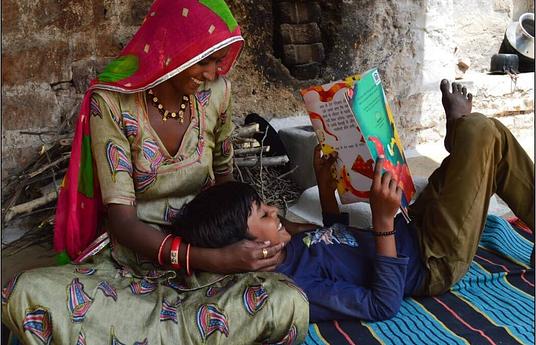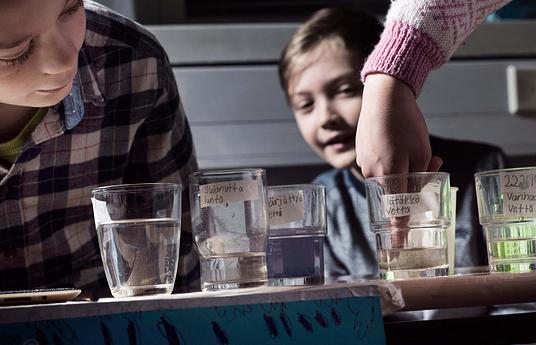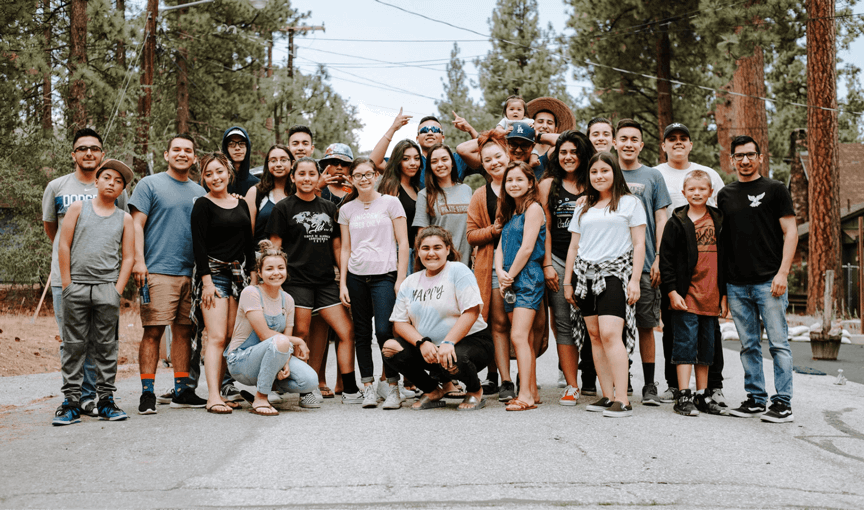We created Patio Vivo Cultivable because we believe nature is a powerful medium to transform education and inspire healthier, more connected ways of living. According to UNESCO, over half of students in Latin America are dissatisfied with school. In Chile, nearly one-third of students experienced severe absenteeism in 2024. Reconnecting them with curiosity and a sense of purpose in learning—while promoting 21st-century skills like creativity, collaboration, and critical thinking—is a pressing challenge. We believe nature can make that connection.
At the same time, we face a climate crisis, industrialized food systems, and rising rates of physical inactivity and obesity. In Chile, 50.9% of students are overweight or obese (JUNAEB, 2025). Access to green space is also limited—only 4.5 m² per person, far below the WHO’s recommendation of 10 m².
Patio Vivo Cultivable responds to these challenges by transforming concrete schoolyards into edible gardens. We create compost systems, plant orchards and vegetables, infiltrate rainwater, and treat greywater. These actions mitigate climate change and, more importantly, give students direct, hands-on experience with nature-based solutions. Schoolyards become living infrastructures that promote health, inclusion, and ecological regeneration—reigniting students’ motivation to learn and thrive.
Patio Vivo Cultivable represents a profound transformation within schools, where nature and sustainable cooking emerge to support active student learning. It is built on three core dimensions:
Infrastructure:
In what was once an unused, often cement-covered space, we design an edible garden and install a large greenhouse—an inviting outdoor laboratory that brings students together every day. This space includes a kitchen, work tables, raised garden beds with vegetables and medicinal herbs, a composting area, and a greywater reuse system that recycles water from the kitchen to irrigate the soil. These schoolyards become learning environments and community gathering places that foster a sense of belonging—to the school and to the territory it inhabits.
Education:
Weekly workshops for students and teachers are based on four pillars: local culture, sustainability, healthy eating, and 21st-century skills. The program enriches the national curriculum with lesson plans that integrate sustainability, citizenship, and life projects—contextualized to the territory and culture of each community.
Leadership and School Culture:
The program works with school leadership teams to strengthen management documents by incorporating its key principles into the school’s educational project. It includes events that promote learning and connection with the local environment and actors, such as talks, seed/harvest festivals, and collaborative networks linking schools, leaders, and professionals.
Since its launch in 2022, Patio Vivo Cultivable has continued to grow and strengthen. It began in one high school with a focus on gastronomy and has expanded into the Patio Vivo Cultivable Network, which by 2025 includes six high schools offering vocational training in gastronomy and early childhood education, as well as general academic programs. The program benefits over 800 students directly and more than 3,400 indirectly.
To support this growth and ensure quality, we created the Patio Vivo Cultivable School to train workshop leaders, are developing a dedicated curriculum in collaboration with the Pontificia Universidad Católica de Chile, and have designed replicable infrastructure adaptable to various school contexts.
Our message spreads on multiple levels:
Community level: through open celebrations like garden inaugurations, seed and harvest festivals, and local gatherings.
Educational level: by participating in national seminars and festivals focused on sustainability, the environment, and gastronomy.
Institutional level: in partnership with Pontificia Universidad Católica de Chile, we presented the program to the Curriculum Division of Chile’s Ministry of Education.
In 2024, the program was recognized as Project of the Year by Fundación MC for its impact and innovative approach. It also received the Mujer Impacta award, a national recognition granted to co-founder Ángela Ibáñez for her leadership and social impact.
Patio Vivo Cultivable began with a focus on the Gastronomy specialization, promoting environmental care, local culinary heritage, healthy eating, and 21st-century skills through gardening and cooking. Students developed key competencies such as collaboration, creativity, and responsibility. The impact quickly extended beyond expectations. As Manuel Urrutia, principal of the first school, shared: “This beautiful project surpasses the rigidity of the traditional curriculum, reorients our Educational Project toward ecology and sustainability, and involves families—improving school relationships and forming environmental leaders.” David Igord, a student, added: “I’ve learned to connect gastronomy with harvesting and composting, discovering the value in every detail of a dish.”
Following an in-depth curriculum review with academics from the Pontificia Universidad Católica de Chile, we expanded the program within the Technical Vocational Education track to include the Early Childhood Education specialization (Atención de Párvulos). We enriched this specialty by integrating sensory exploration, gardening, and food preparation activities that promote emotional development, care for living beings, and an early understanding of sustainability. This broader approach nurtures healthy habits and a connection to nature from a young age, while enhancing the training of future early childhood educators within the vocational system.
If you want to try Patio Vivo Cultivable, start by identifying a group of motivated educators and students. We provide training, planning tools, and replicable infrastructure to bring the program to life in your school. You’ll connect learning with nature, food, culture, and sustainability—growing both skills and community. Contact us to explore how we can work together.



